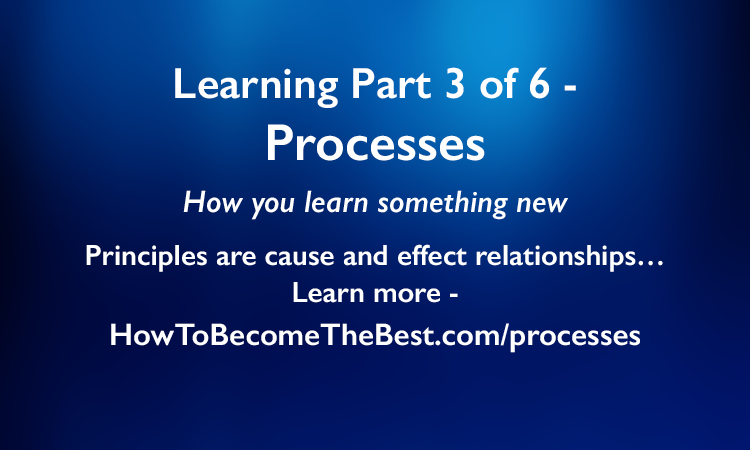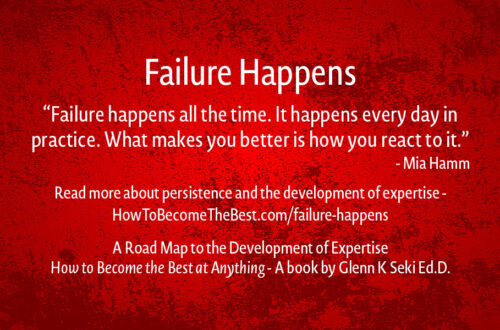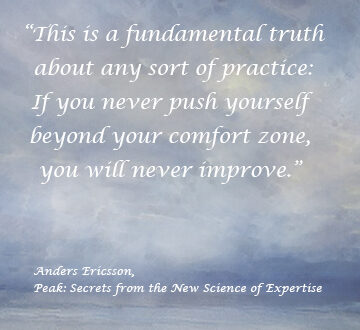Learning Part 3 of 6 – Processes
How you learn something new
An excerpt from How To Become The Best at Anything.
A process is a “how it works sequence.” An example is how radar (radio detection and ranging) works. You have probably seen a radar device in movies and on television. Someone is looking at a screen and they are watching an airplane or missile in flight as it approaches.
A magnetron generates high-frequency radio waves, which are then sent to an antenna. The antenna acts as a transmitter, sending a narrow beam of radio waves through the air. The radio waves hit the airplane and are reflected back. The antenna picks up these reflected waves (usually the same antenna). The signal is then sent to a receiver. A computer in the receiver processes the reflected waves and renders them on the screen.
The sequence: antenna sends electromagnetic waves out – electromagnetic waves hit the airplane – electromagnetic waves reflect back – antenna receives the electromagnetic waves – computer draws them on a screen. Since you know the direction you sent out the electromagnetic waves, the speed of the electromagnetic waves and you know the time that has expired, you know the distance and direction to the plane.
Simple? Maybe not. You had to understand a number of concepts; electromagnetic waves, antenna, airplane, reflection, magnetron, etc. You probably didn’t know the concept, magnetron (a magnetron is a high-powered vacuum tube that works as a self-excited microwave oscillator), and this was a simplified version of how radar works. To learn a process, you need to have already learned the concepts in the process.
Next, Part 4 – Principles





